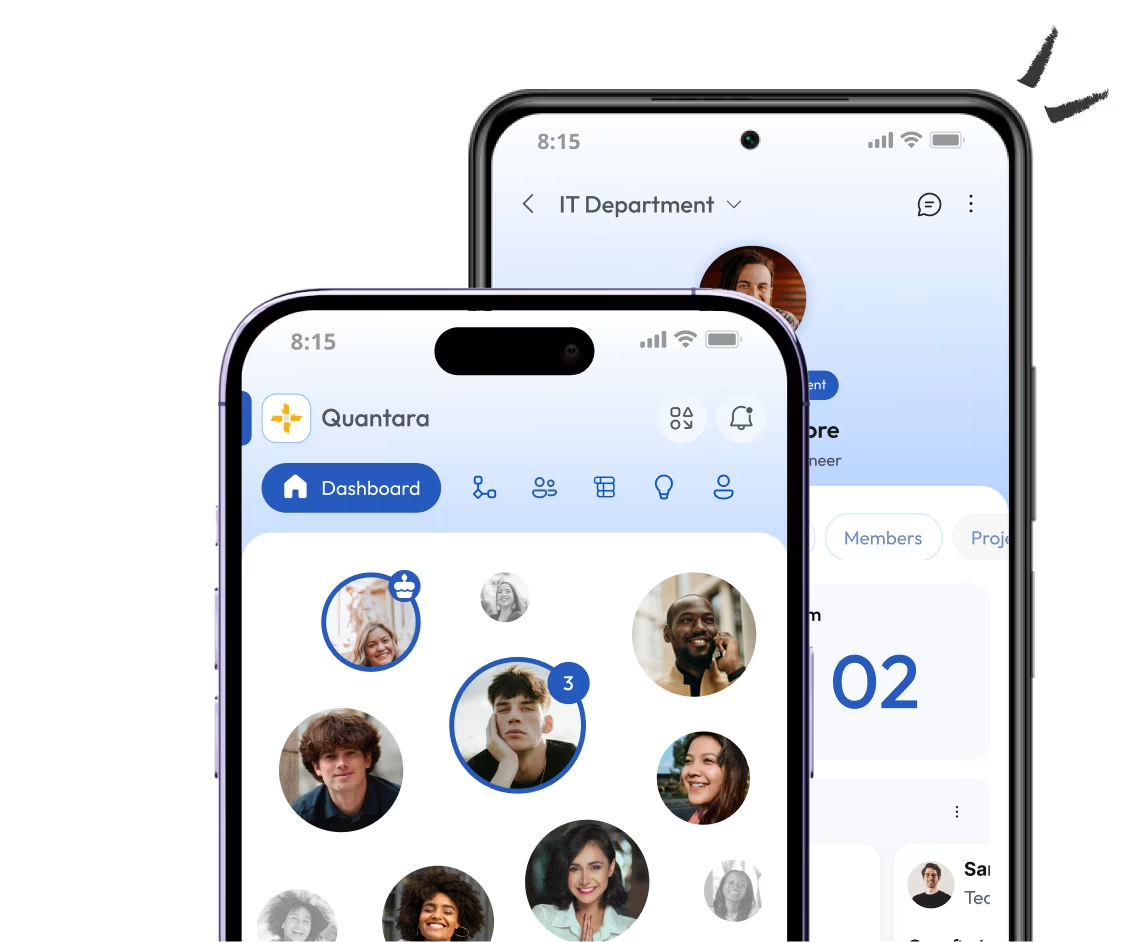Why Traditional Intranets Are Dead and What the Future Looks Like

By CapsiCoreSeptember 25th 2025

In the early days of digital workplaces, intranets were seen as the heart of communication. Staff logged in to find announcements, HR forms, and policy updates. But after a short time, the excitement wore off. What was once a central hub slowly became a digital filing cabinet that very few wanted to open.
Old intranets were:
- Difficult to navigate.
- Rarely updated.
- Designed more for storing information than connecting people.
The truth is that they stopped matching the pace of modern work.
Why Employees Stopped Caring
The way people work today has changed. They expect tools that are quick, interactive, and available anytime. Traditional intranets failed because they stayed static while the workplace kept moving.
Studies reveal this shift clearly:
- A survey found that only 13% of employees actively use their company intranet daily.
- According to Gartner, 70% of digital workplace projects fail because employees do not find them useful or engaging.
If a tool does not help people do their job, they will ignore it.
Turning Intranets into Living Networks
Modern intranets are no longer about storage, they are about connection. Think of them as living networks where employees talk, share, and collaborate.
The future intranet is:
- Interactive: chat, video calls, live updates.
- Collaborative: teams can share projects, ideas, and documents in real time.
- Personalised: each employee sees what matters most to their role.
- Mobile first: accessible anywhere, not just on office desktops.
Instead of being a static library, the intranet becomes a workplace community.
A Workplace Story
Imagine a new hire called Sara. On her first day, she signs in and is welcomed by his manager through a chat window. She can see her project tasks, join the group for fresh joiners, and explore resources made just for her. This feels less like reading a notice board and more like joining a real community.
That is how modern intranets change the experience by making people feel connected from the start.
Steps Towards the Future
If organisations want to move beyond outdated systems, they need to:
- Replace static pages with social style spaces.
- Listen to employee feedback before choosing a system.
- Measure engagement to see what works and what does not.
- Keep the design simple and easy to use.
Conclusion
Traditional intranets faded because they became lifeless. The future lies in platforms that bring people together, not just store files. By creating interactive and transparent digital spaces, organisations can turn intranets into powerful engines of collaboration and culture.
Note: Please note that the contents in the above blog do not constitute any financial, legal, or other professional advice. This blog is only for the purpose of information and awareness. CapsiCore is not responsible for any actions taken as a result of relying on the above information.
Latest Insights


CapsiCore
25/09/2025
Live CVs: The Next Big Thing In Career Building
Live CVs are changing job applications with real-time updates, interactive content, and verified references. Discover why they are the future of career building.


CapsiCore
25/09/2025
Why Traditional Intranets Are Dead And What The Future Looks Like
Traditional intranets failed to engage employees. Discover why they are outdated and what modern, interactive intranets mean for the future workplace.


CapsiCore
23/09/2025
The Power Of Two-Way Reviews: Building A Transparent Work Culture
Discover how two-way reviews boost trust, transparency, and productivity by turning feedback into dialogue and building stronger workplace culture.
Platforms
Take CapsiCore with you - anytime, anywhere

